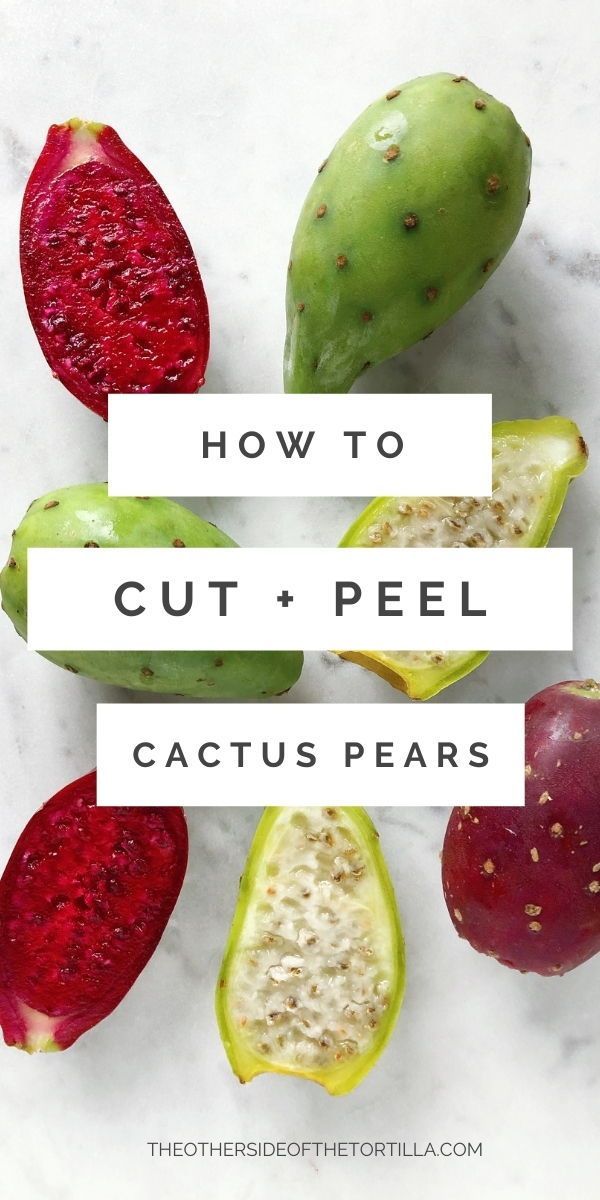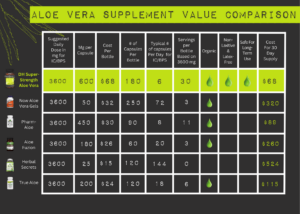Cactus pear, also known as prickly pear or Opuntia, is a distinctive and vibrant fruit that graces the arid landscapes of North and South America. Renowned for its sweet, juicy flesh and striking colors, this fruit has captured the attention of culinary enthusiasts. One intriguing aspect of cactus pears is the skin, which raises the question: Can you eat cactus pear skin? This article delves into the various facets of cactus pear skin, including its nutritional value, culinary uses, and precautions to consider.
Before addressing the edibility of cactus pear skin, it is essential to understand what cactus pear is and why it occupies a unique place in the culinary world. The fruit typically exhibits a brilliant magenta or yellow hue, adorned with small thorns that can be deceptively sharp. Cactus pears thrive in arid climates, and their resilience in harsh conditions further enhances their appeal. The flesh of the fruit is often enjoyed raw, in salads, or as juice, but what about the skin?
The outer layer of the cactus pear is often overlooked. Many people might peel the skin away without a second thought. However, the skin holds a treasure trove of nutrients and flavor that warrants exploration. Here are key insights into eating cactus pear skin:
Understanding the Texture and Flavor Profile
The skin of cactus pear varies in texture depending on the fruit’s ripeness. It can be slightly tough and fibrous but also offers a unique taste that can complement the sweetness of the flesh. While the flesh is known for its sweet, juicy profile, the skin often brings a mildly tangy kick that enhances culinary creations. When prepared correctly, it can add both flavor and texture dynamism to various dishes.
Nutrition: A Hidden Gem
One of the primary reasons to consider consuming cactus pear skin is its impressive nutritional profile. Packed with dietary fiber, the skin contributes to digestive health and aids in maintaining a sense of fullness, making it an excellent choice for those seeking weight management solutions. Additionally, the skin is laden with antioxidants, including vitamin C and flavonoids, known for their anti-inflammatory properties. These compounds not only support cellular health but also bolster the immune system.
Moreover, the skin contains essential vitamins and minerals such as magnesium and potassium, which play pivotal roles in cardiovascular health and muscle function. By opting to consume the skin, one can maximize the nutrient density of the cactus pear.
Preparation: Ensuring Safety and Palatability
Before contemplating the consumption of cactus pear skin, it is crucial to address safety. The thorns that characterize cactus pear must be removed thoroughly to avoid injury. Even after peeling, residues of glochid spines can remain, which require diligent rinsing under running water and careful handling.
Once cleaned, the skin can be used in numerous culinary applications. Diced skin can be added to salads for an added crunchy texture. Alternatively, cooking the skin can soften it, making it suitable for use in stews or salsas. When cooked, the tanginess diminishes, blending harmoniously with a variety of seasonings.
Incorporating Skin into Recipes
To fully appreciate the versatility of cactus pear skin, consider experimenting with innovative recipes. One delightful method is creating a prickly pear skin salsa. Finely chop the skin and mix it with tomatoes, onions, cilantro, lime juice, and jalapeños for a refreshing condiment that pairs beautifully with grilled meats or tortilla chips.
Another inspiring idea is to incorporate the skin into smoothies. Blending the skin with the flesh, alongside other fruits such as bananas or spinach, creates a colorful and nutrient-packed drink. The vibrant pink hue of the smoothie is visually appealing and beckons further exploration.
Health Considerations: Moderation is Key
While the skin of the cactus pear is edible and nutritious, moderation is crucial. The fibrous texture might be challenging for some individuals to digest, especially those with sensitive digestive systems. Therefore, it’s advisable to introduce cactus pear skin gradually into your diet and observe how your body responds.
Additionally, thorough cleaning of cactus pears before consumption is essential to eliminate any pesticide residues or contaminants. Utilizing organic produce whenever possible can further enhance the nutritional value and safety of the cactus pear skin.
In conclusion, cactus pear skin is not only edible but also boasts a plethora of health benefits and culinary potential. With its unique flavor profile, nutritional richness, and adaptability in various dishes, the skin of the cactus pear deserves a prominent place in the kitchen. By ensuring proper preparation and moderate consumption, individuals can relish the complete experience that cactus pears offer, transforming this overlooked aspect of the fruit into a delightful and healthful treat.





Leave a Comment